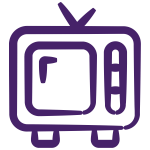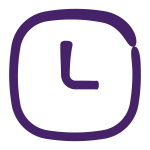This guide can help your team decide when email is the best channel for your communication and to ensure we are not overloading students/stakeholders with communications.

Determine the Need for Communication
- Goal: What is the goal of the communication? (inform, engage, collect information, prompt action)
- Audience: Who is the target? (specific groups like students, parents, or broader audiences)
- Urgency: How time-sensitive is the message? Could it be covered in a regular newsletter or another less immediate format?
- Frequency: Has the audience received recent emails? If so, consider whether this message might be overwhelming or redundant.

Assess the Best Communication Channel
- Relevance for Email: Does this information require a direct response or action? Will this content be lost or overlooked if posted on social media or a website?
- Social Media: For quick updates, reminders, or events.
- Text Message: For urgent notifications needing instant action (if applicable).
- Newsletter: For non-urgent information that fits into a broader update.
- Website Post: For general information that doesn’t need immediate visibility.

Prioritize Content & Message Clarity
- Main Message: Is there one key point or action in this communication?
- Supporting Information: Can additional details be minimized, or included via links instead of cluttering the message?
- Avoid Redundancy: Ensure this message is not duplicating recent communications.

Consider Timing & Frequency
- Optimal Send Time: What day/time would best reach the audience?
- Avoid Overloading: Space out emails to prevent overwhelming the audience and reduce potential unsubscribes.
- Schedule for Engagement: Plan for when the audience is most likely to engage with the message.